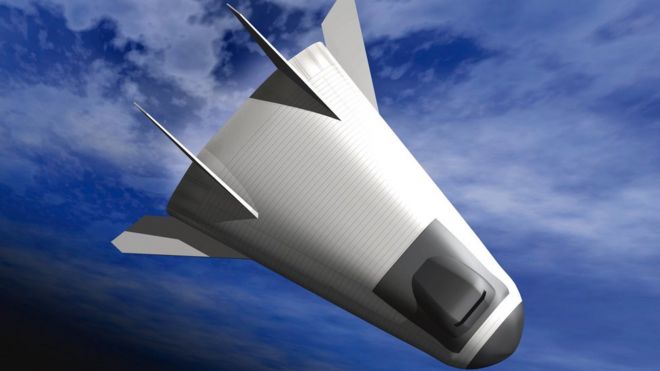.
17.11.2016
Space travel research begins on Isle of Lewis
 Image copyrightTHINKSTOCK
Image copyrightTHINKSTOCK
A researcher at a University of the Highlands and Islands campus in the Western Isles is developing a jet engine for space craft.
Lewis-born Dr Chris Macleod's 30-year career so far includes experience in aerospace engineering, physics and micro-electronics.
He also had a five-year placement at US space agency Nasa.
Students and researchers at Lews Castle College UHI, in Stornoway on Lewis, will be involved in Dr Macleod's work.
Stornoway Airport has been indentified as a potential location for a future UK space port.
Western Isles Council - Comhaire nan Eilean Siar - and the airport's owner Highlands and Islands Airports Limited have welcomed the idea of commercial space travel from the island airport.
Dr Macleod said: "There's nothing incompatible about being in this island location and being at the absolute forefront of space research.
"There's nothing we're missing which you would want to have, and with modern communications and software, where you are is almost irrelevant."
Shock tunnel
The engineer has begun work designing the re-useable jet engine which could take an aircraft from a runway into orbit and back.
He said: "In the past, the way spacecraft have been designed is, in cost terms, equivalent to building a jumbo jet, flying it to London with three passengers aboard and then throwing it away.
"The engine that can function to the edge of the atmosphere, into orbit and back again has not been invented.
"Engines need air for combustion, and before you reach orbit you have climbed above most of the earth's atmosphere. With no air, there's nothing to burn fuel, and that is when rockets, which are essentially disposable, have to come in."
Dr Macleod's solution firstly excludes air from the combustion chamber and then releases a fine spray of fuel downwards, then re-admits air at pressure to create a highly efficient fuel-air mix.
With five peer-reviewed papers published and simulations already done, the engineer said the next stage was to test the design using scale models in a facility known as a shock tunnel.
Dr Macleod plans either to work with another university or - if that proves impossible - to offer students at Lews Castle the chance to help build the facilities on Lewis.
Quelle: BBC

